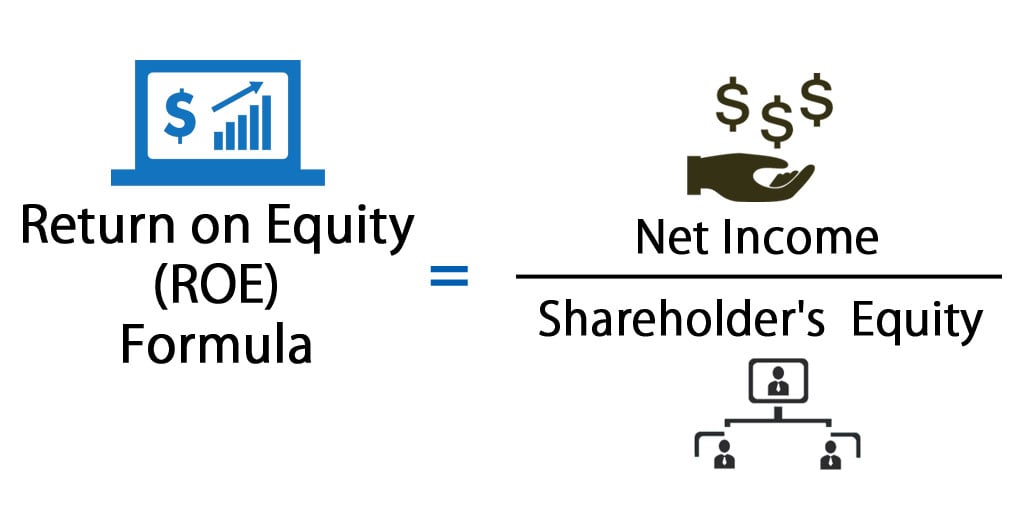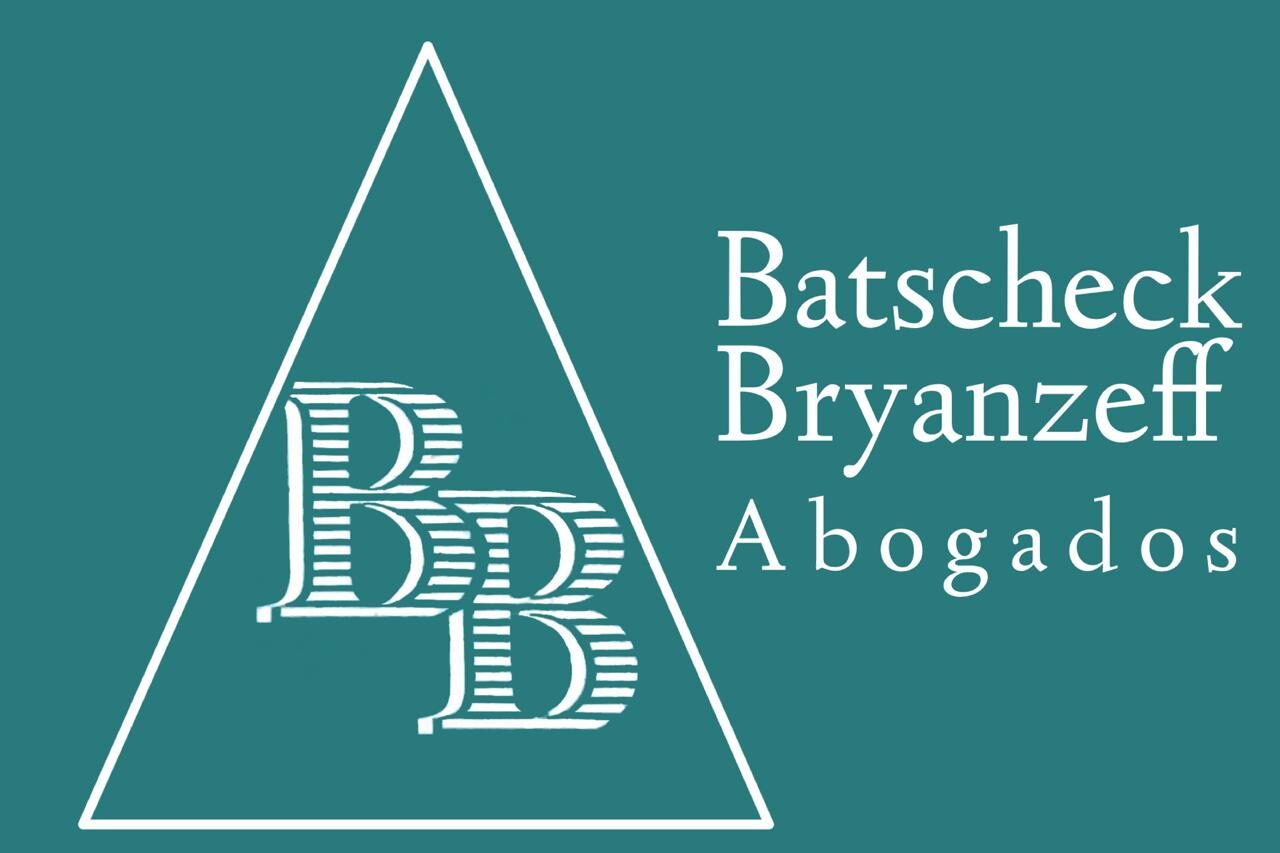
These indicators could include price-to-earnings ratio, industry trends, and dividends paid or distributed to investors. Shareholder equity is the difference between a firm’s total assets and total liabilities. This equation is known as a balance sheet equation because all of the relevant information can be gleaned from the balance sheet. Here’s a hypothetical example to show how shareholder equity works. Let’s assume that ABC Company has total assets of $2.6 million and total liabilities of $920,000. To determine total assets for this equity formula, you need to add long-term assets as well as the current assets.
Do you already work with a financial advisor?
It’s also useful for measuring the return on investment for the current project. Shareholders’ equity is similar to the equity you have in your home. When you subtract the mortgage from the value of the house, that’s your equity. Aside from stock (common, preferred, and treasury) components, the SE statement includes retained earnings, unrealized gains and losses, and contributed (additional paid-up) capital. If it’s positive, the company has enough assets to cover its liabilities.
Great! The Financial Professional Will Get Back To You Soon.
As per the company’s balance sheet for the financial year ended on March 31, 20XX, the company’s total assets and total liabilities stood at $3,000,000 and $2,200,000, respectively. Based on the information, determine the stockholder’s equity of the company. If you want to calculate the value of a company’s equity, you can find the information you need from its balance sheet. Locate the total liabilities and subtract that figure from the total assets to give you the total equity.
Stockholders’ Equity and the Impact of Treasury Shares
- It provides a snapshot of a company’s financial health and stability, crucial for investors, creditors, and the company’s management.
- A higher market rate of return and future dividends could increase that return.
- Learn six steps to start buying stock, including researching the ones that interest you and deciding how many shares to buy.
- It can be calculated using the capital asset pricing model (CAPM) or the dividend capitalization model (DCM).
The amount of the equity investment determines the ownership percentage given to the investor. This can be represented by common stock, which comes with voting rights, or preferred stock with a higher liquidation preference. Calculate the shareholder equity fund for the total assets of 250 $ and total liabilities of 140 $. When a company sells shares, the money it receives from investors, minus the par value, is credited to an account named capital in excess of par value (or “additional paid-in capital”). In many cases, paid-in capital is not broken out on the balance sheet into two separate line items for the par value and the capital in excess of par value. Company equity is an essential metric when determining the return being generated versus the total amount invested by equity investors.
Examples of Stockholders Equity Formula

The weighted average cost of capital (WACC) factors in the cost of equity and the cost of debt to determine whether a company’s capital structure is balanced. Ideally, you’ll want to have a 50/50 mix of equity and debt financing. This small business advertising and marketing costs may be tax deductible value can be used in cash flow forecasting and planning, financial reporting, and acquiring additional financing. The value of shares on the day they change hands is the current market value when calculating the cost of equity.
Paid-in capital
This measure excludes Treasury shares, which are stock shares owned by the company itself. The $65.339 billion value in company equity represents the amount left for shareholders if Apple liquidated all of its assets and paid off all of its liabilities. Looking at the same period one year earlier, we can see that the year-on-year change in equity was a decrease of $25.15 billion. The balance sheet shows this decrease is due to both a reduction in assets and an increase in total liabilities.
In most cases, retained earnings are the largest component of stockholders’ equity. This is especially true when dealing with companies that have been in business for many years. Note that the treasury stock line item is negative as a “contra-equity” account, meaning it carries a debit balance and reduces the net amount of equity held.
To arrive at the total shareholders’ equity balance for 2021, our first projection period, we add each of the line items to get to $642,500. In the final section of our modeling exercise, we’ll determine our company’s shareholders equity balance for fiscal years ending in 2021 and 2022. From the beginning balance, we’ll add the net income of $40,000 for the current period, and then subtract the $2,500 in dividends distributed to common shareholders. Dividend recapitalization—if a company’s shareholders’ equity remains negative and continues to trend downward, it is a sign that the company could soon face insolvency.
This shows how well management uses the equity from company investors to earn a profit. Part of the ROE ratio is the stockholders’ equity, which is the total amount of a company’s total assets and liabilities that appear on its balance sheet. Shareholder equity (SE) is a company’s net worth and it is equal to the total dollar amount that would be returned to the shareholders if the company must be liquidated and all its debts are paid off. Thus, shareholder equity is equal to a company’s total assets minus its total liabilities. When the balance sheet is not available, the shareholder’s equity can be calculated by summarizing the total amount of all assets and subtracting the total amount of all liabilities.
